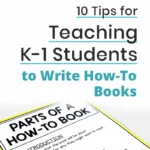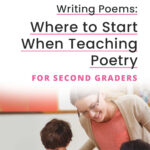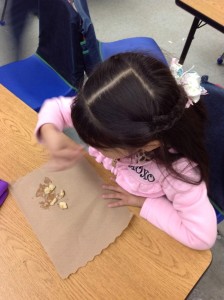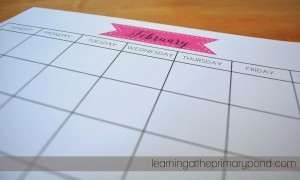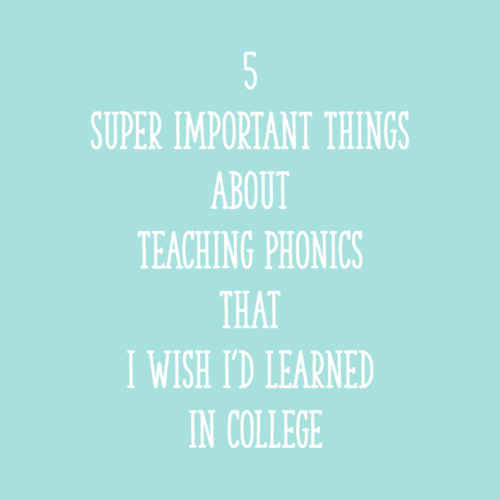Last week, I blogged about the first part of Chapter 2 in The Literacy Teacher’s Playbook (Serravallo). If you missed that post, click {here}. Today I’m writing about the second half of the chapter, which discussed what to look for in students’ writing.
Writing is my favorite subject to teach, though I’m not sure that I really knew what I was doing when I was a brand new teacher. It wasn’t until I became familiar with Lucy Calkins’ original primary units of study that I really grew my knowledge of writing instruction. Before reading her units and some other professional books, I understood the “hows” of teaching writing (modeling, shared writing, etc.) but didn’t know all that much about the “what.” By the “what,” I basically mean the qualities of good writing – knowing, for example, that second graders can be taught to add details about what their characters are thinking, or that first graders can be taught to add a list of materials to their “how to” writing. Maybe those things sound super obvious to you…but when I first started teaching writing, I just didn’t have more than a general understanding of what to teach.
Chapter 2 is all about that – the “what” of teaching writing, and what to look for in students’ writing. If you don’t know what to look for, you certainly aren’t going to be able to help your students very much! Serravallo went through each genre (narrative, informational, opinion) and listed questions that teachers can ask themselves as they review students’ writing. I couldn’t possibly include all of the great questions she provides (you’ll have to buy the book!) but here are some of the things that she suggested teachers look at for primary students’ narrative writing:
– Focus (focusing on the most important events, staying on topic, using on-topic details to elaborate)
– Structure (sequence of events, story beginning, ending)
– Elaboration (use of detail and temporal words to show the passage of time)
– Conventions (spelling, sentence structure, punctuation)
– Engagement (volume of writing, writer’s ability to stay on task, use of the writing process)
In a way, these categories reminded me of the 6 traits of writing (click here for a sample list). The information provided in this chapter is super useful if you want to be able to examine students’ writing on a deeper level and get ideas for what to teach your students next, especially in individual writing conferences.



